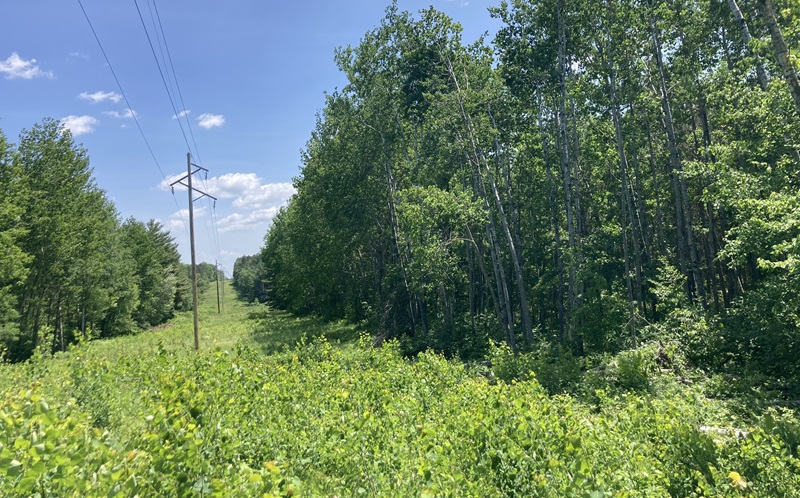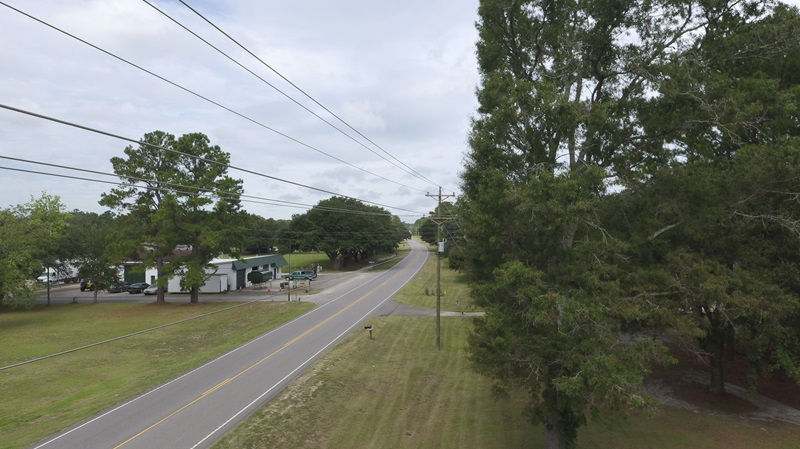Maintaining vegetation under and near transmission lines is key to providing safe and reliable electricity. A disruption of service can occur when overhead wires and cables contact vegetation or when trees or branches are broken during rain, wind, snow or ice storms and damage the lines or conductors. Great River Energy performs regular right-of-way maintenance to minimize these hazards and help prevent power outages.
Rights of way are areas underneath and surrounding power lines that Great River Energy manages through an agreement with a property owner to maintain and operate the transmission line. Managing vegetation in these areas is necessary to provide reliable and safe transmission of electricity to meet the needs of member-owner cooperatives and to ensure the reliability of the grid. It’s Great River Energy’s responsibility to establish and maintain rights of way and, in fact, the North American Electric Reliability Corporation requires utilities to maintain proper clearances along transmission rights of way at voltages of 200 kilovolts or higher in most cases.

Rights of way are established and maintained at certain minimum widths depending largely upon the line voltage (how much power is flowing through the line) and typically range from 70-200 feet. Trees and other vegetation are regularly pruned or removed beyond the minimum distance because they continuously grow and can sway in heavy winds. Transmission lines can also sag due to heat or ice build-up, making a greater clearance necessary.
Great River Energy tries to minimize the impact its projects have. Following construction, land is restored as closely as possible to its original condition. Landowners are not allowed to plant trees or construct buildings in the right of way, but can use the land for pollinators, pastureland, farming or gardening as those activities do not interfere with the safe construction, operation and maintenance of the line. Driveways, fences, parking lots and other such activities are allowed, but plans must be reviewed by Great River Energy prior to construction.
“Please check with us first if you want to plant anything in the right-of-way area. We are required to maintain a proper clearance, and we do not want to have to remove your new planting.”
— Byron Johnson, supervising manager of vegetation management at Great River Energy
Vegetation management is a big part of Great River Energy’s operation as its service area covers two-thirds of Minnesota geographically and parts of Wisconsin. Great River Energy maintains approximately 5,700 miles of power lines, including power lines it owns independently and power lines it co-owns or maintains for other utilities. Transmission lines are inspected each year by air or by ground. Employees look for vegetation that is growing too close or could grow too close to a power line, equipment needing repair or replacement and anything else that might jeopardize operation of the line.
“During storms with strong winds or heavy snow, vegetation is responsible for a considerable percentage of outages at electric utilities across the nation,” Johnson said. “Keeping vegetation away from our lines is critical to making the network more resilient and allows us to provide reliable electric service to our member-owners.”

 " data-object-fit="cover">
" data-object-fit="cover">